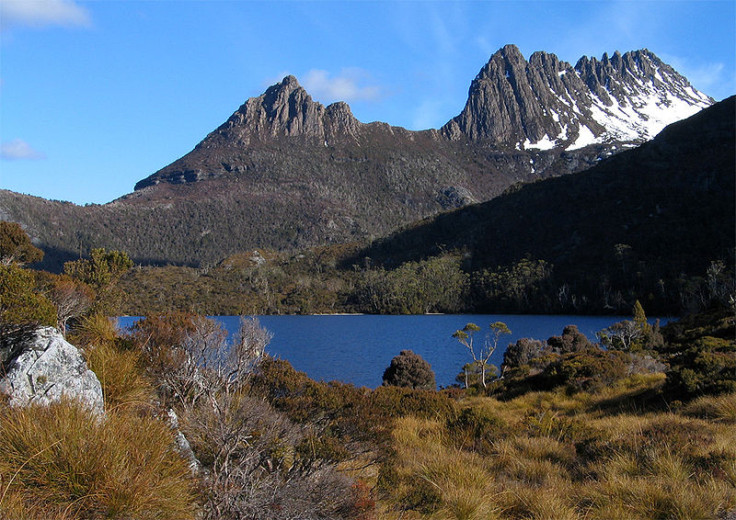Australia: Tasmania's fossil forests that pre-date dinosaurs destroyed by bushfires

Bushfires in the island state of Tasmania, south of Australia, have destroyed parts of ancient forests that originated much before the age of the dinosaurs. Conservationists are afraid that the raging fires may entirely engulf the prehistoric Tasmanian Wilderness.
"The fires in western Tasmania are occurring in basically an ecosystem which is a remnant from the geological past, so they are of immense significance scientifically," David Bowman, professor of environmental change biology at the University of Tasmania, told AFP.
"These systems were once more widespread and indeed grew on Antarctica billions of years ago, so they are living fossils… they go back to well before the age of the dinosaurs, they are a tangible connection to Gondwana (the southern landmass that included present-day Africa, South America and Australia approximately 180-300 million years ago)," he added.
Tasmanian Wilderness, which covers 1m hectare (3,860 square miles) – an area larger than Cyprus – consists of parks, reserves, steep gorges and limestone caves that attest to the human occupation of the area for more than 20,000 years. The area was added to Unesco's World heritage list in 1982.
The temperate rainforest is home to several endangered species of birds and animals. It covers about 20% of the island.
The state authority said that the bushfires, which began more than a fortnight ago, have charred about 95,000 hectares (367 square miles) of land so far. According to Tasmania Fire Service, as on Saturday (30 January), fighters were battling around 80 bushfires on the island, of which only one was been contained and one was under control.
About 54 bushfires were still raging by end of the day, while the authorities were keeping watch over the remaining 25 bushfires, the fire service said. Most of these fires were difficult to control because of remoteness, they added.
© Copyright IBTimes 2025. All rights reserved.






















